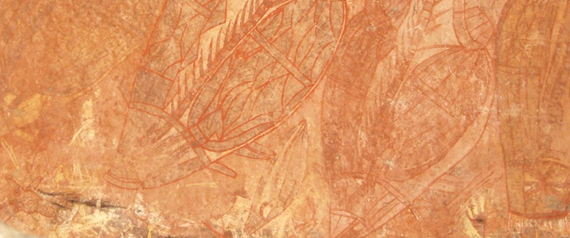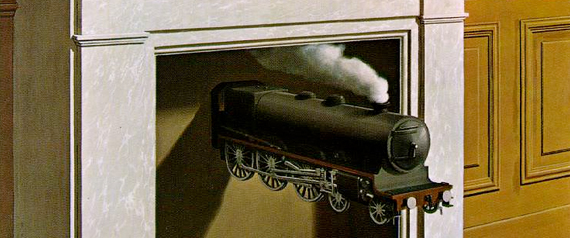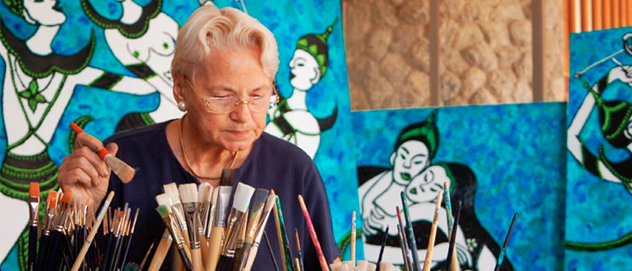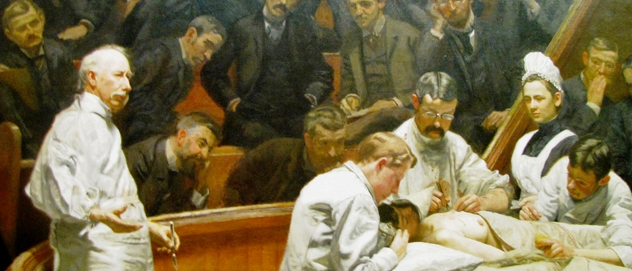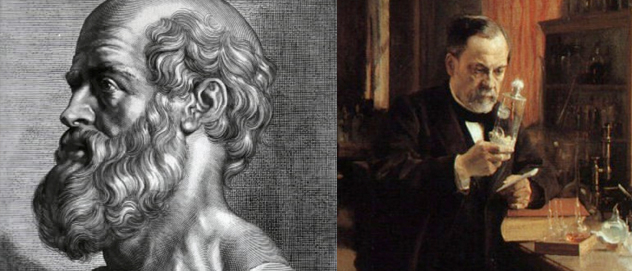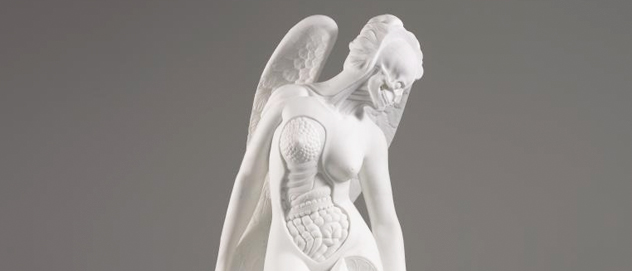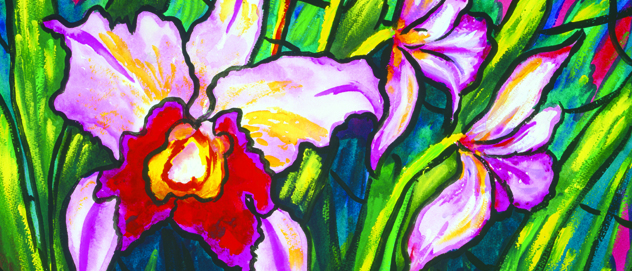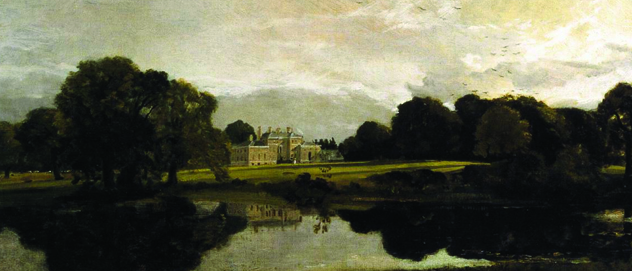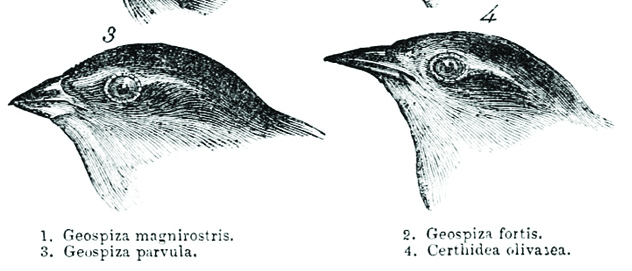Every person you encounter has his or her own idea of what can be considered art. I personally believe that art exists everywhere - to uphold constraints is to deny yourself of so much magnificence!
In recent weeks, my Love & Peace flowers have found their way into conversation with another facet of art: fashion. A number of publications, including Dolce Vita and Cosmopolitan, have used the sculptures' bright, glimmering petals as inspiration for their couture editorials. The history of fine art and high fashion has been woven together over centuries, bound by a mutual core: their fascination with beauty.
Around the world, clothing has provided man with far more than warmth and protection. It has played a key part in religious ceremonies, rituals, and performances, leading to creations as varied as can be. The pigments we use in fine art today can trace their lineage to the dyes discovered to colour fabric!
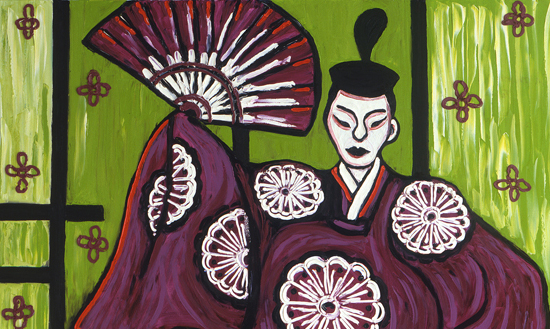 |
| Detail from Ana Tzarev's Shinosuke (Genji Monogatari). |
One of the most striking examples of art and fashion bound together can be found in Asian history. Japan's elegant, incomparable kabuki theatre is celebrated for its fantastic garments; costumes define characters and are splendid to behold. The nation's tradition of artful attire has played a great role in the expressive style of their contemporary culture, which has set the standard for cutting-edge design.
One of the most famed fashion designers was hailed for her artful work and artful life. Coco Chanel was a revolutionary in the world of couture, defying the standards of her day and reinventing notions of popular styles with innovation and grace. She freed women from the grip of corsets, opening doors to a new universe of creative potential.
 |
| Style icon and fashion revolutionary Coco Chanel. |
Chanel was an inspiration to me as a young, art-minded fashion designer. Her life and legacy taught me to never let the expectations of others stifle my ideas. As I traveled the world to study the art and style of so many regions, the spark to create grew brighter within me. My career in couture paved the way for what was to come - a unique, passionate, expressive, colourful, and all-absorbing life of beauty in art.
Artists and readers, inspiration can be found in the most surprising places. Never let fear or
convention prevent you from exploring your potential - within you lies the ability to transcend, reinvent, and change the world!

